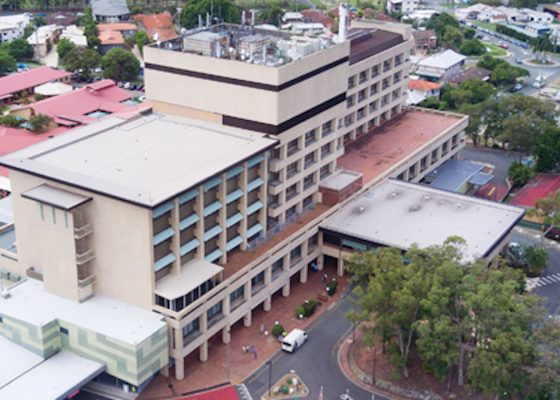The sponsors of the Queensland amendment are presenting a ‘misinformed narrative ... steeped in outdated moral judgment and emotional manipulation’, an inquiry is told.
The proposal to amend Queensland’s abortion legislation to enshrine protections for babies born following a late-term termination procedure is “a solution in search of a problem which doesn’t exist”, according to Royal Australian and New Zealand College of Obstetricians and Gynaecologists councillor and Queensland state committee member Dr Elisha Broom.
Addressing the inquiry into the Queensland Termination of Pregnancy (Live Births) Amendment Bill 2024, Dr Broom heavily disputed the need to clarify health professionals’ duty of care towards babies born after later-term abortions, saying these requirements were already clearly mandated under current clinical guidelines and legislation such as the Public Health Act.
“There is no confusion around what is a live birth. Once a baby is born alive, it is a person in Queensland covered by the Public Health Act, and it has these legislative protections,” Dr Broom said.
“All healthcare professionals owe a duty of care to their patients, and this includes babies born alive, [but] comfort care, not resuscitation, is the standard of care for babies born under 22 weeks.
“Scenarios envisioned by this bill are very emotive, but they’re not based in Queensland experience, and they’re not feasible with current practice.
“This Parliament should see this amendment for what it is.
“It’s a solution in search of a problem which doesn’t exist in Queensland [under] current clinical practice.”
Queensland Nurses and Midwives Union secretary Sarah Beaman went a step further in criticising the proposed amendment, arguing it conveyed a potentially inflammatory and harmful narrative surrounding abortion care, particularly later-term termination of pregnancy, that flew in the face of both “scientific and clinical realities”.
“This bill unnecessarily imposes legislative pressure on health practitioners, risks creating confusion and contradictory requirements and fails to recognise the clinical judgment of health practitioners to make informed decisions and provide evidence based and compassionate care,” Ms Beaman said.
“[It] projects a misinformed narrative on termination of pregnancy that is steeped in outdated moral judgment and emotional manipulation by exploiting what is an extremely rare scenario.
“The difficulties of accessing early termination services and the closing of private termination of pregnancy providers have played a role in the increase in the number of late terminations taking place.
“If women had safe, timely access to abortion services in their communities they wouldn’t need [to access] late termination services.
“We should also be cautious around the terms ‘live birth’ or ‘born alive’, which are suggestive of assumed viability.
“Babies around the 22-week gestation mark are generally on the cusp of viability, but this is not guaranteed.
“We see this bill as creating yet another barrier to women accessing abortion at a time when Queensland is making such positive strides towards reproductive rights by supporting women’s access to early abortion.”
According to Dr Broom, not only was the amendment unnecessary, it also risked exacerbating disparities in access to abortion care for those in rural and regional areas, particularly marginalised populations.
“Any time legal regulation of abortion occurs or is proposed, a chilling effect occurs, whether that’s the intent of the regulation or not,” she said.
“Large metropolitan hospitals are familiar with a comfort care approach for babies born under 22 weeks, but this isn’t the case so much in rural and regional areas.
“If we try and enshrine further into legislation the need for babies not to be born alive at these later gestations, what will happen is the smaller units that are already under huge pressure will start to decline to provide abortion care to women at those gestations where we know babies can be born alive.
“Amendments such as this have a very real risk of limiting access to abortion care at later gestations for women in rural and regional areas, and this is particularly the case for First Nations women.”




